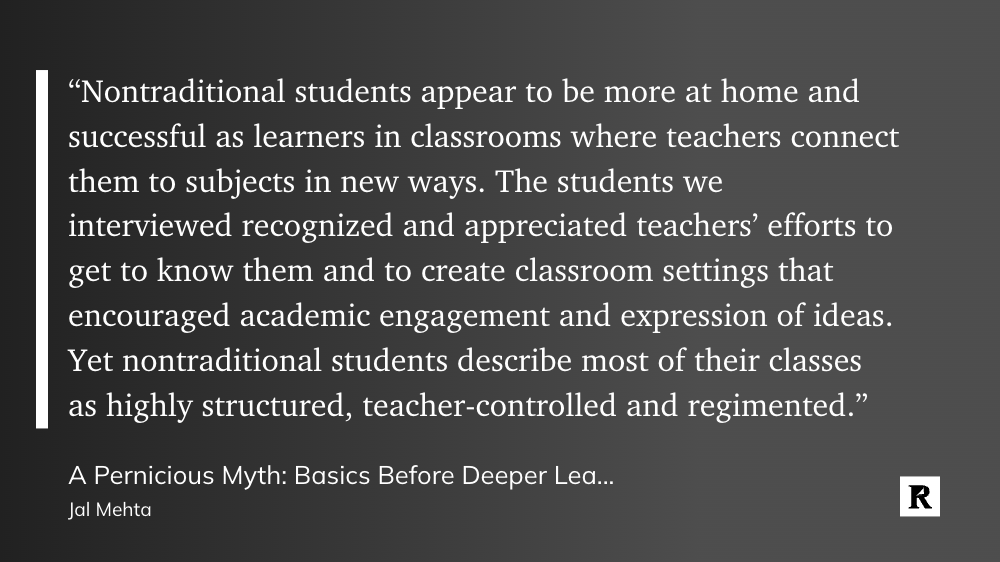
For all the AI haters out there…
- OpenAI on Thursday announced its first partnership with a higher education institution.
- Starting in February, Arizona State University will have full access to ChatGPT Enterprise and plans to use it for coursework, tutoring, research, and more.
- The partnership has been in the works for at least six months.
- ASU plans to build a personalized AI tutor for students, allow students to create AI avatars for study help, and broaden the university’s prompt engineering course.
- Miller, Matt (Author)
- English (Publication Language)
- 132 Pages – 03/16/2023 (Publication Date) – Ditch That Textbook (Publisher)
OpenAI announced a partnership with Arizona State University, giving the university full access to ChatGPT Enterprise in February 2024. The collaboration, in planning for six months, will integrate ChatGPT into ASU’s coursework, tutoring, and research. ChatGPT Enterprise offers unrestricted access to GPT-4, enhanced performance, and API credits. ASU aims to develop a personalized AI tutor and creative AI avatars for students. The partnership emphasizes student privacy and intellectual property protection, with OpenAI not using ASU data for training models. This initiative follows concerns about AI chatbots in education, particularly around cheating.
The Eclectic Educator is a free resource for everyone passionate about education and creativity. If you enjoy the content and want to support the newsletter, consider becoming a paid subscriber. Your support helps keep the insights and inspiration coming!










